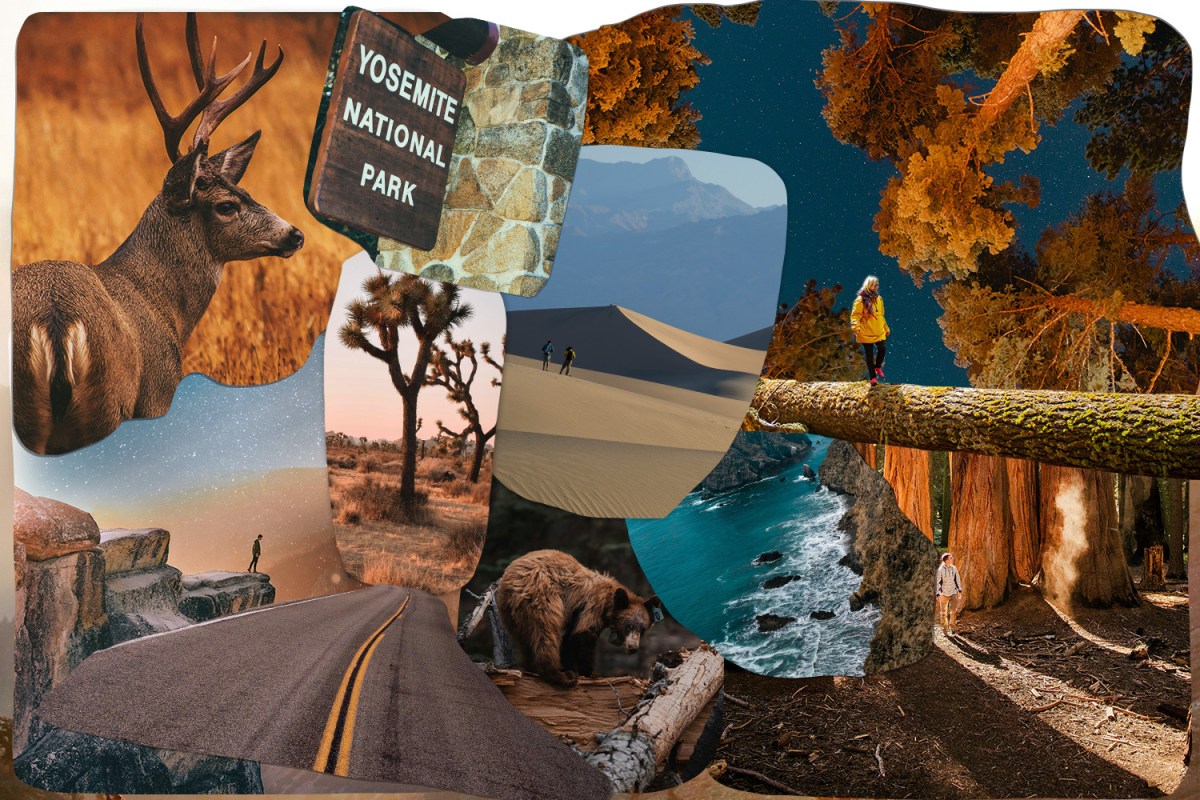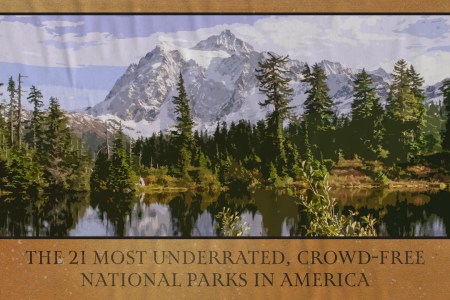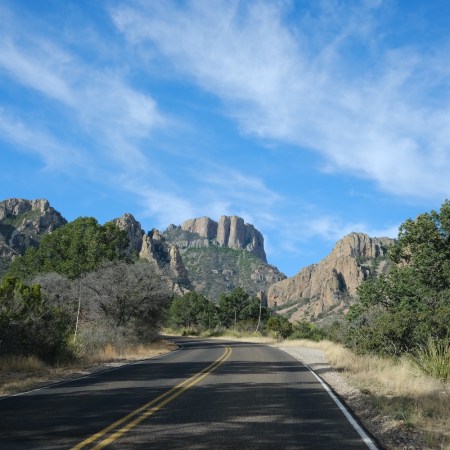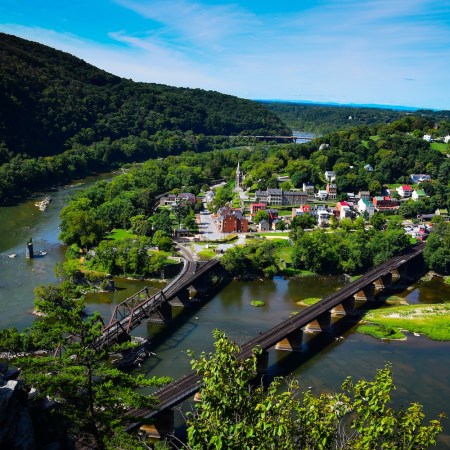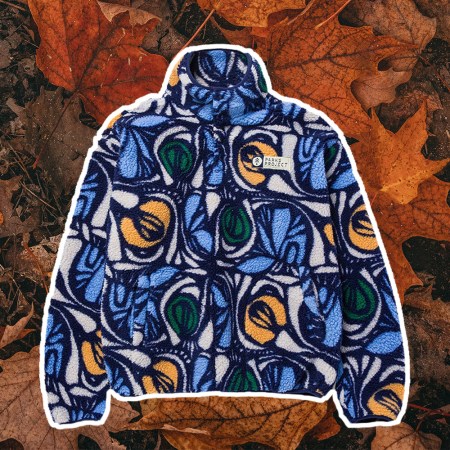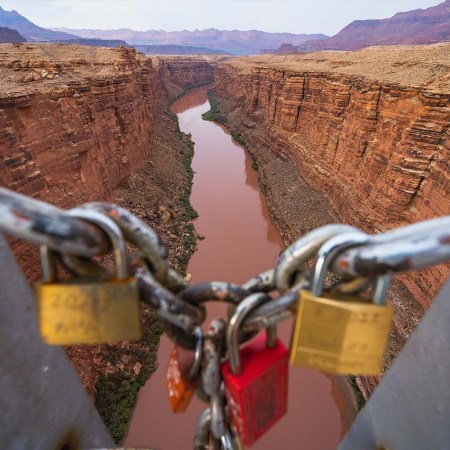When many people think of California, their minds immediately flash to major metropolises like Los Angeles and San Francisco, or beach communities like Malibu and Santa Barbara. But the Golden State is an outdoor lover’s dream, boasting nine national parks, the most of any state in the union. Every one of the parks is stunningly beautiful, even if some are a bit more than others, truth be told. From the towering redwoods and sequoias to Yosemite’s iconic mountains to the desolate beauty of Death Valley, there’s a park and an experience perfect for nearly every visitor.
But with such an embarrassment of natural riches, where do you start? Over the years, I’ve visited all of these parks, many several times. Here’s what you should know.
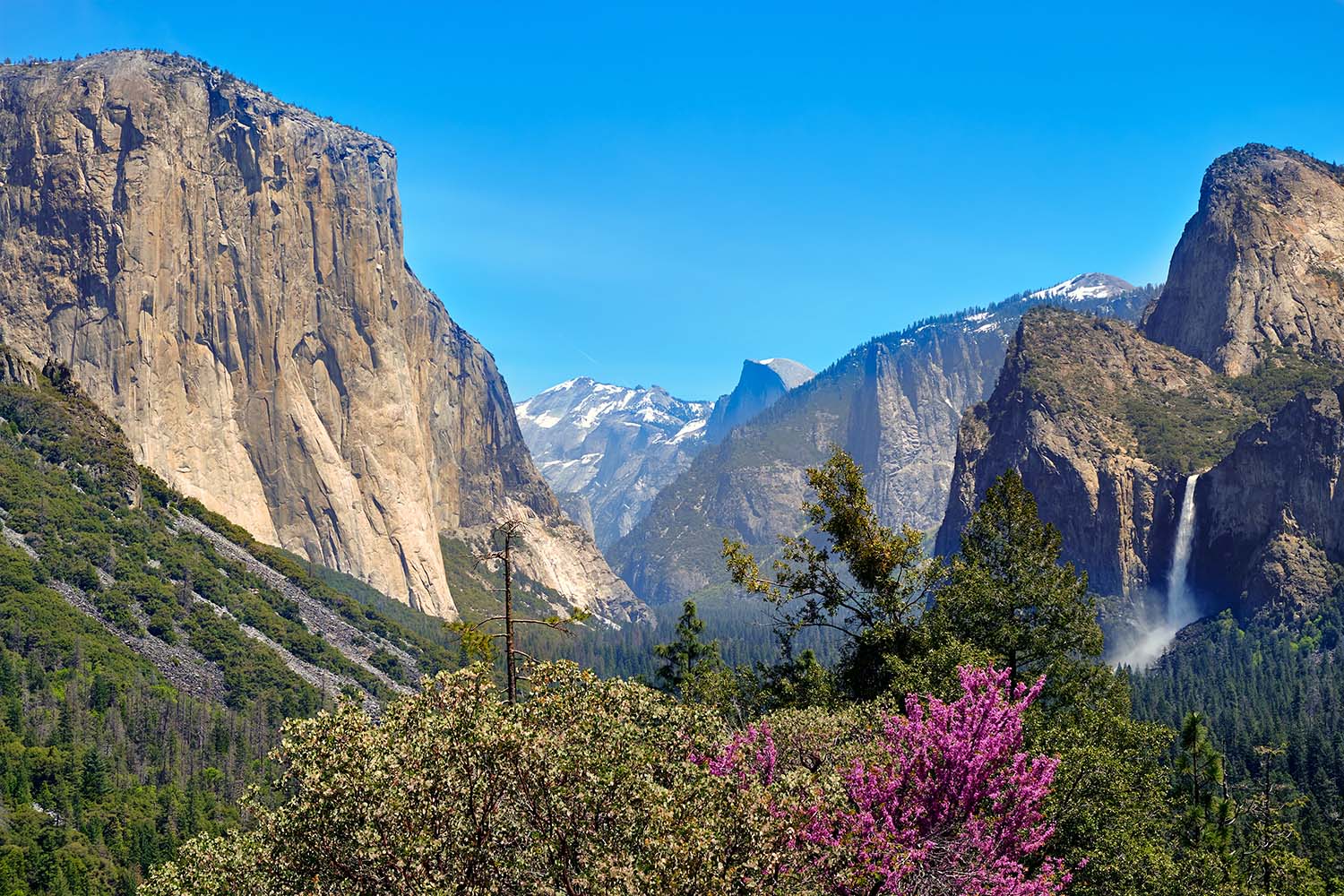
Yosemite
Yosemite may be my absolute favorite national park I’ve ever visited (and I have the tattoo to prove it). Everyone should have the opportunity to visit the park at least once in their lives to worship the massive granite monoliths and waterfalls.
But the biggest mistake most visitors make is not leaving the Valley. Yosemite is huge — more than 759,620 square acres — but it’s estimated that more than 90% of visitors spend all their time in the park in the Valley, which makes up approximately 5% of the total acreage. Head to the High Sierras and Tuolumne Meadows for a change of scenery and far fewer crowds.
Best for: Everyone (just not at the same time).
When to visit: If you prefer shorter hikes and don’t plan to venture out of the Valley, winter is the best time. The crowds are mostly gone — save for the photographers showing up for firefall in mid-February — and the snow adds a visual element that you don’t often see in magazines and social media. Planning to explore as much of the park as possible? Try the shoulder seasons, early spring and late fall, when the weather is decent and crowds mostly manageable. It’s worth noting that Yosemite will require timed-entry reservations at various times of the year.
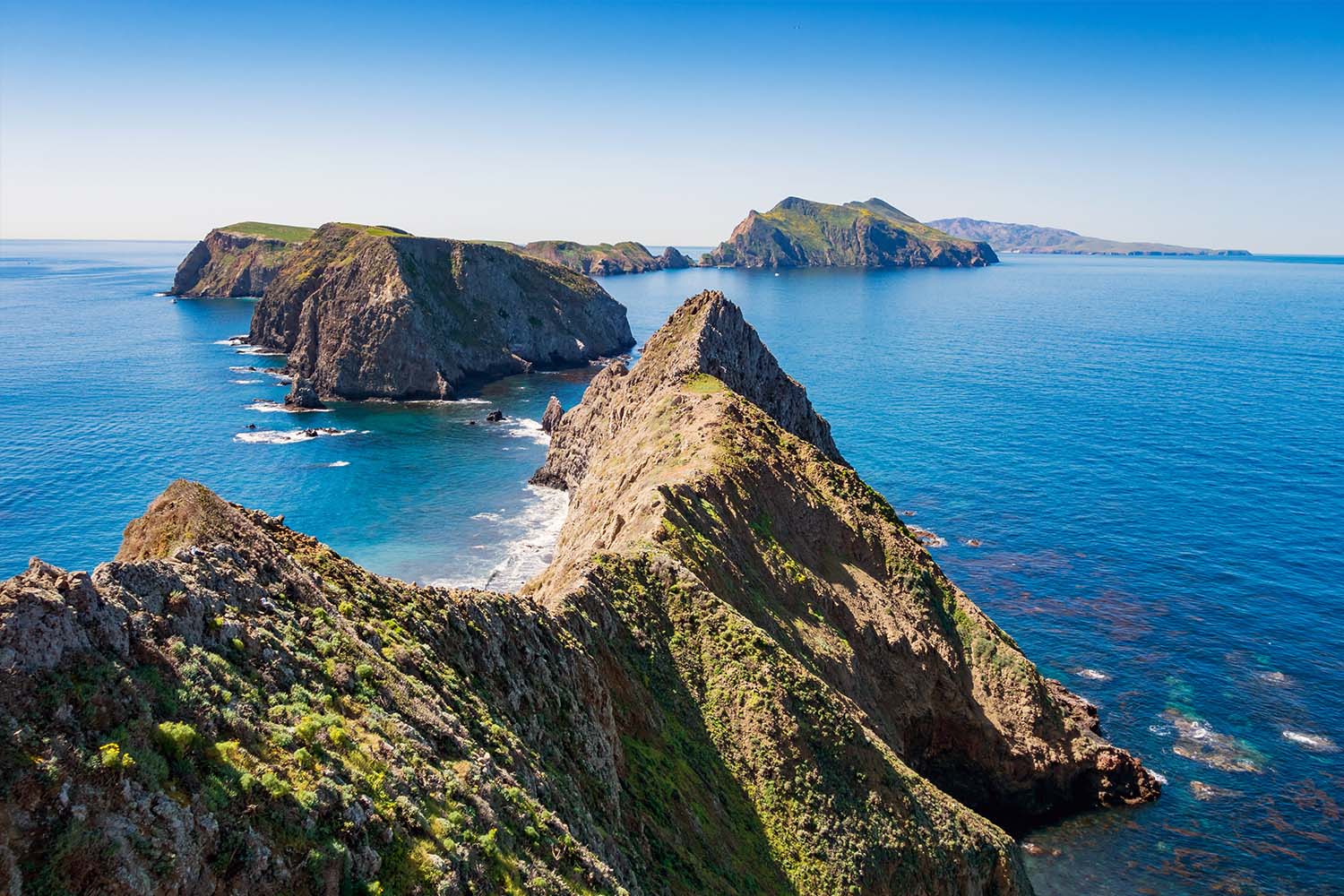
Channel Islands
With more than 145 plant and animal species found here and nowhere else in the world, the Channel Islands are often referred to as “the Galapagos Islands of North America.” It’s also the most difficult national park to reach in California, as you must travel an hour or more by ferry to reach the nearest island. None of the five islands comprising Channel Islands National Park — Santa Cruz, Anacapa, Santa Rosa, Santa Barbara and San Miguel — offer a place to buy supplies; everything you need, you must bring with you from the mainland. (Potable water is available at most established campgrounds.) Be sure to book your ferry ticket and campsite early, as both can fill up during the high season.
Once on the islands, you must walk everywhere; basically, you’re hiking to your hike. But the views are worth it.
Best for: Experienced nature lovers with large backpacks.
When to visit: Springtime is best for wildflowers. Summer is peak visitation, so booking a campground may be a bit more difficult. Fall is perfect hiking weather during the day, but can get chilly at nights.
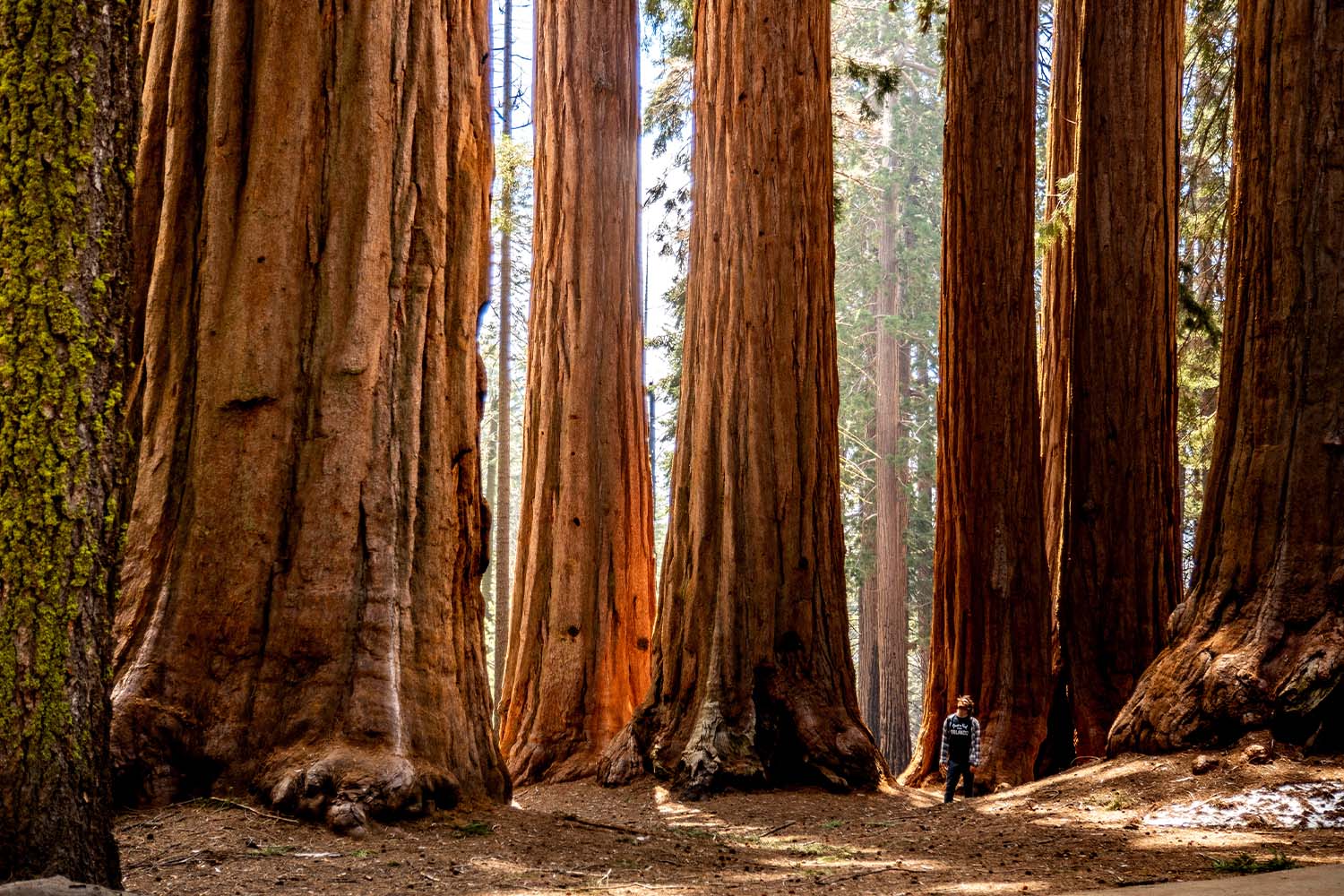
Sequoia/Kings Canyon
Technically two different parks, Sequoia and Kings Canyon are most often lumped together due to their proximity; the parks essentially border each other. Despite that, all too many visitors skip King’s Canyon, which is a mistake almost as huge as the massive Sequoia’s trees. King’s Canyon may not have as many sequoia groves (you’ll definitely want to check out Grant Grove), but it does offer miles of trails with more varied terrain, with scenic vistas overlooking spectacular canyons and waterfalls.
Although Sequoia isn’t generally overrun with visitors, they all wind up in Giant Forest, where you’ll find the General Sherman, a.k.a the largest tree in the world. It’s so big, my mind almost couldn’t comprehend its immensity during my first visit. Best advice is to get there early in the morning — at sunrise during the high season, before 9 a.m. during less busy times of the year — or a couple of hours between sunset.
Best for: Treehuggers with very, very long arms.
When to visit: This is a great park to visit throughout the year, save for the busy holidays.
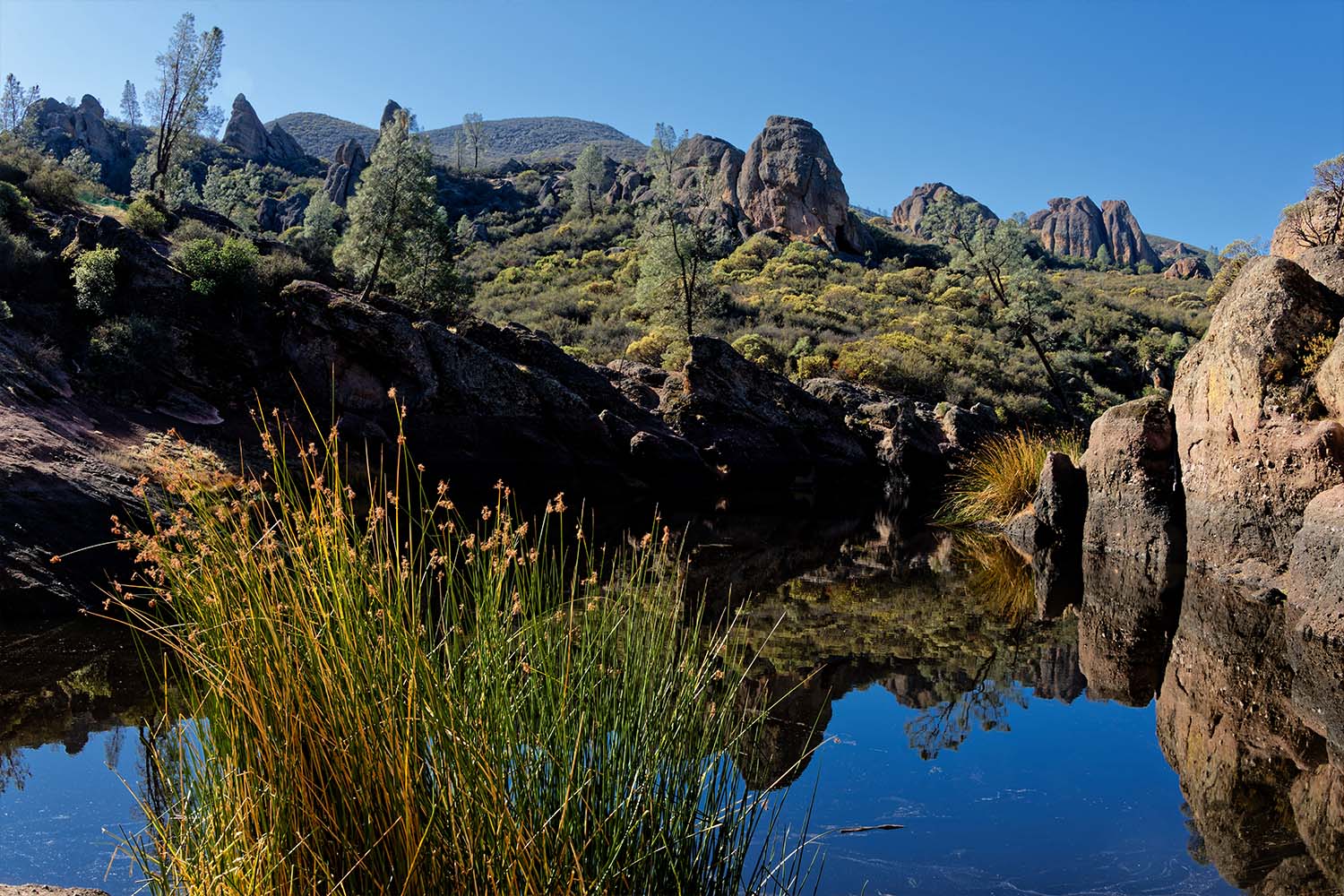
Pinnacles
Driving up to the gates of Pinnacles, 120 miles west of Fresno, the colors of the hills reminded me of the ancient butterscotch candies and oxidized pennies you might find at the bottom of your grandmother’s purse a year after her funeral.
In a state that boasts some of our most incredible national parks, Pinnacles is often forgotten, ignored as vacationers make their way to Yosemite or Sequoia. But skipping this park would be a huge mistake; Pinnacles offers some great hiking, as well as an opportunity to see the endangered California condor soaring above. (Bring binoculars.) There’s enough variety in the hiking that you and your traveling companions should be able to find a trail everyone will enjoy. Compared to its brethren in the state, it is relatively tiny; a weekend should be more than enough to see the best Pinnacles has to offer.
Best for: Crowd-adverse visitors strapped for time. But seriously, out of all the California national parks, I was most pleasantly surprised by Pinnacles. I can’t recommend it highly enough.
When to visit: When I visited in peak season, I saw lots of couples and families, but the trails never seemed too busy. The numbers bear this out: It receives less than one-tenth the number of visitors as Yosemite or Joshua Tree and still fewer visitors than the Channel Islands, which requires a ferry ride. The campground wasn’t terribly large, so if you plan to camp, whenever you can score a reservation is the best time to visit.
The 21 Most Underrated, Crowd-Free National Parks in America
From North America’s largest coral reef to a voyage north of the Arctic Circle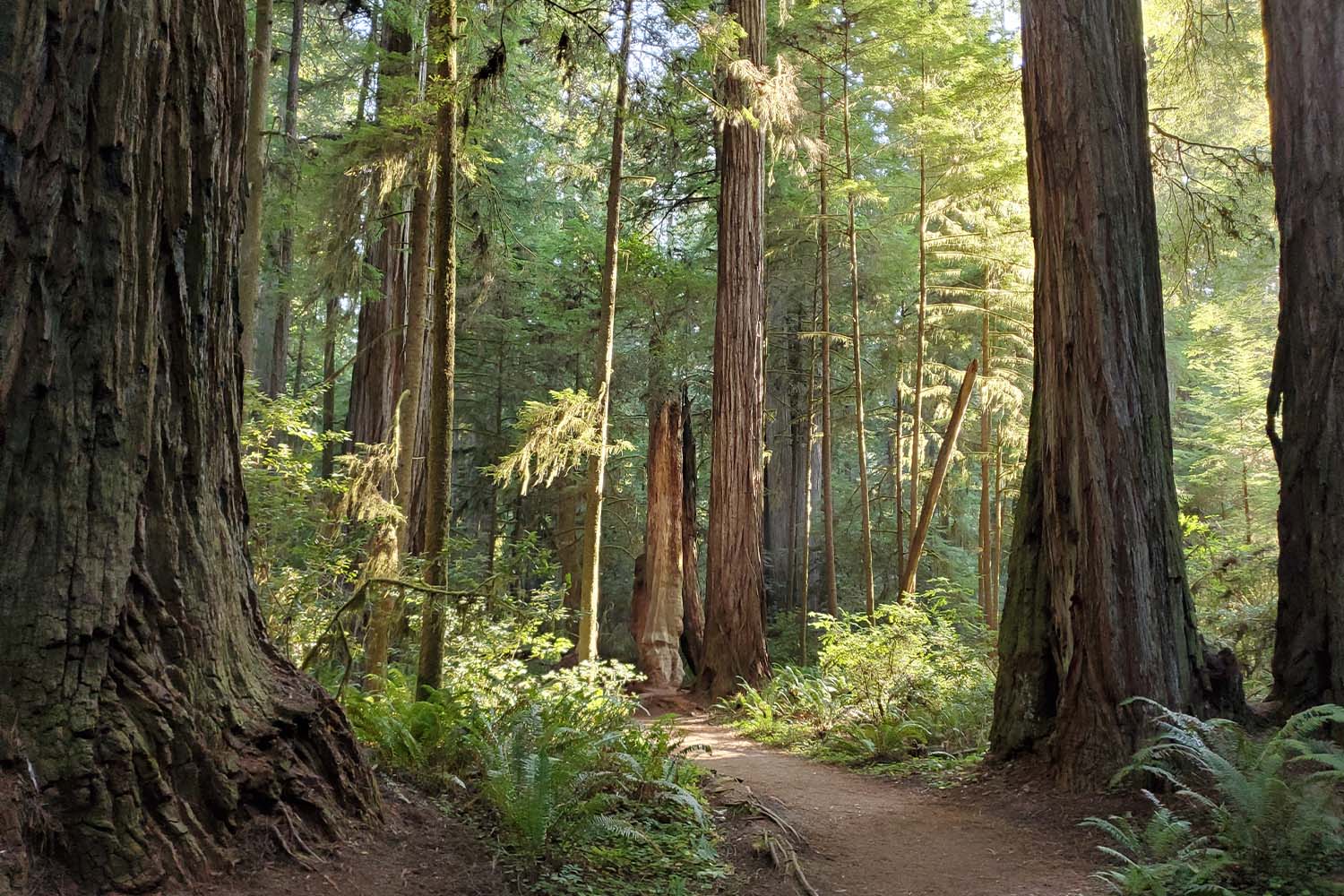
Redwood
Hiking through the redwood groves past towering trees more than a millennia old, you can’t help but feel a sense of awe and connection to the natural world. It’s as close to a religious experience as I’ve ever felt. Redwood has more than 200 miles of trails, a few of which top out at 3,000 feet of elevation and others that are handicap accessible. You could spend a week here and still not see everything, but because so many of the more popular trails are so short, you can also just spend a day here and feel like you’ve gotten the full Redwood experience.
If you have both time and a tent, Redwood Creek Trail offers Redwood’s best and only backcountry option. Although the redwood trees are the main draw, Fern Canyon with its towering walls covered in lush greenery, is worth a diversion, as long as you don’t mind getting your feet wet while hiking though the low-water creek. Be sure to spend some time along the coast as well.
Best for: Nature lovers looking for a more spiritual experience.
When to visit: Because winters are typically fairly mild, you can visit year-round. Be sure to pack rain gear, though.
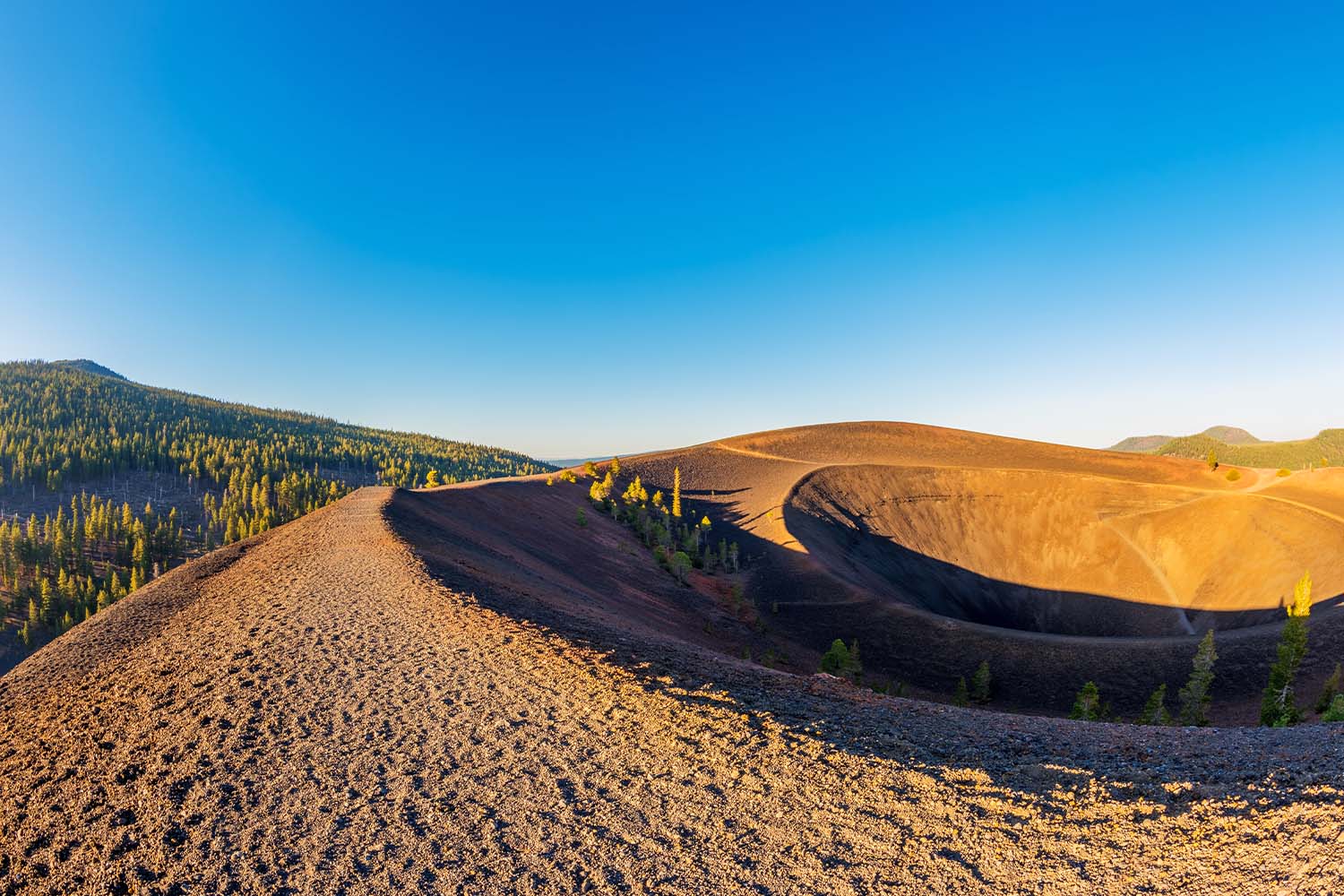
Lassen Volcanic
A word of warning…due to its elevation (more than 10,000 feet at its highest), Lassen Volcanic has a limited window of opportunity to enjoy the entire park without snowshoes. When I visited in early June, the park was still covered in snow, the main road through the park was closed and only a handful of trails were open. If you’re planning a trip months out, shoot for late July through September. (This goes triple if you plan to camp.)
Driving through the park, you’ll see scars from the massive Dixie forest fire that raged through the park in 2021. Nearly 70% of the park acreage was affected. The half-mile Sulphur Works and 2.7-mile Bumpass Hell reminded me of Yellowstone with the various steam vents, bubbling pools and mud pots. Manzanita Lake is a short, easy hike, but has some of the most picturesque views you’ll find in the park. Don’t miss King’s Creek Falls.
Best for: Geology lovers.
When to visit: Summer and early autumn, unless you’re prepared to trudge through the snow.
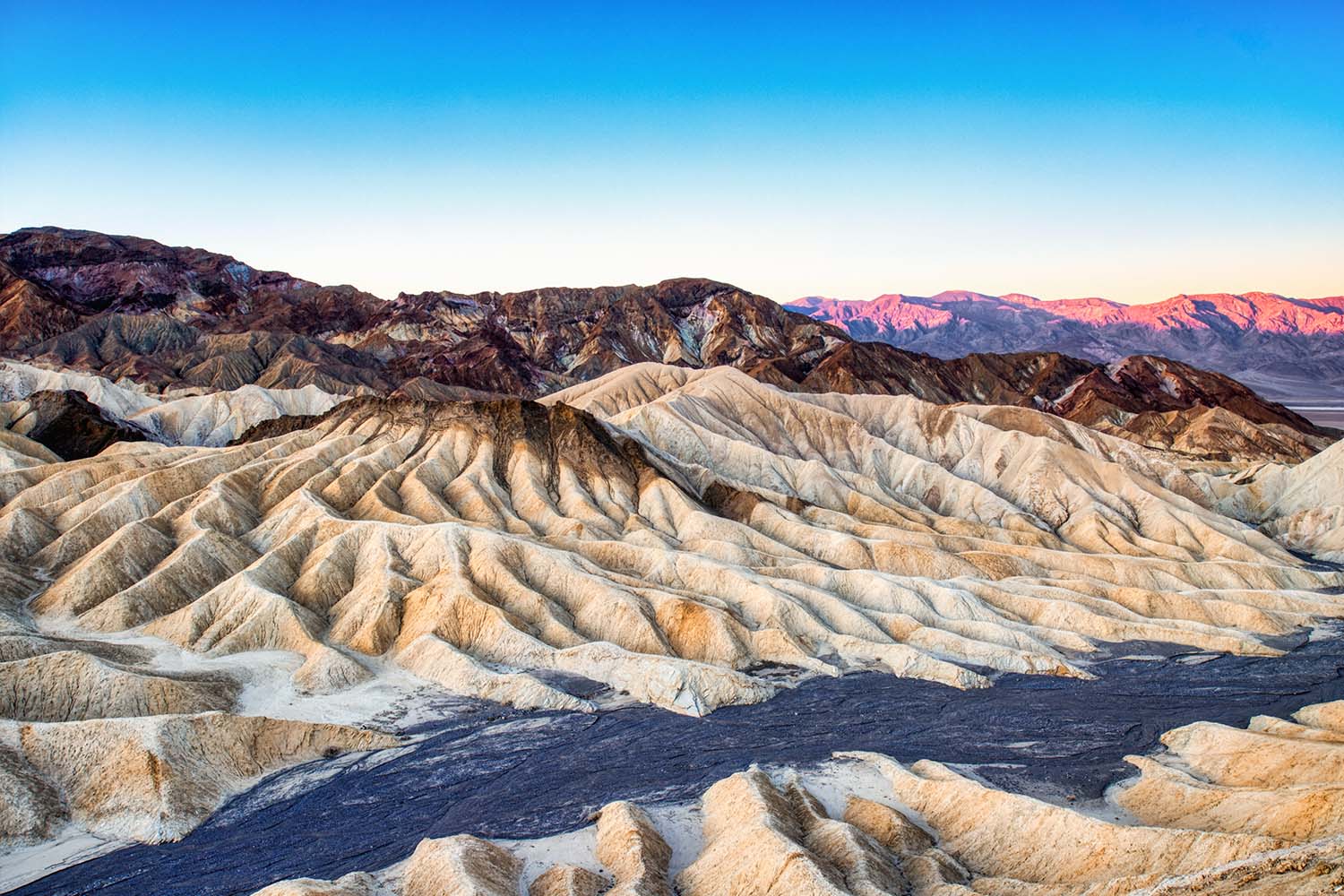
Death Valley
With a name like Death Valley, you know it’s not going to be a terribly hospitable place. From the park’s scenic vistas, visitors see a rocky, desolate landscape, the signs of human life limited to two-lane blacktop and a handful of buildings. It’s no wonder why so many famous sci-fi movies — Planet of the Apes and Star Wars among them — have been filmed here. But the surroundings are also starkly beautiful as well. (Artist’s Palette is a particular favorite.)
The heat index can literally determine life or death in Death Valley, where the mercury routinely rises above 110 degrees during the summer. Last year, a 71-year-old man died allegedly after a 2-mile hike from Golden Canyon to Zabrieskie Point, the canyon walls greatly magnifying the already intense heat. The heat plays havoc with vehicles as well, and tragedy has struck in the past when cars overheat and the occupants not prepared for the elements.
Unlike the insane summer heat, cooler months are exceptionally temperate — highs temperatures typically run in the upper 70s around early February. Less than two inches of rainfall annually means you don’t need to worry about your visit getting rained out. The largest of all the California national parks, you won’t run out things to do during your visit. If you get bored on one of the parks more than 100 hiking trails, a hired Jeep tour will take you through the rugged canyons to a number of ghost towns forgotten by time.
Best for: Hikers looking for a respite from winter weather elsewhere.
When to visit: Winter. Death Valley would also be good as a spur-of-the-moment trip in early spring or late autumn, just be sure to check the forecast in your favorite weather app first.
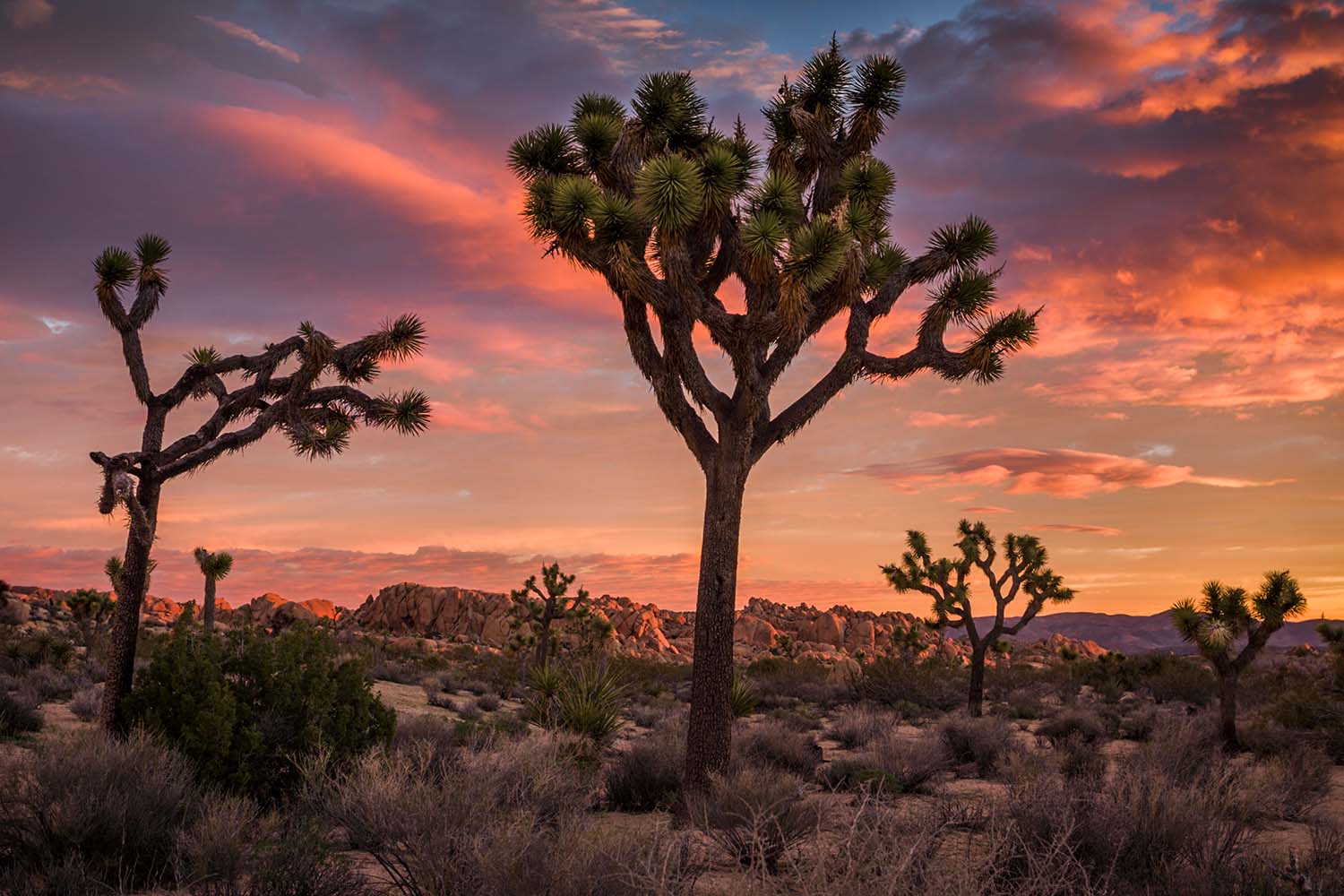
Joshua Tree
This park in the Mojave Desert has been a magnet for nature lovers, would-be hippies and eccentrics for decades. The sunrises and sunsets in Joshua Tree may be my favorite anywhere. During my last visit, I spent every morning watching the sun rise above the horizon, black giving way to purple to every shade imaginable of red, pink and yellow, before making way for a crisp, bright blue illuminating the park’s gangly namesake trees.
The quarter-mile Keys View Trail may be the best bang-for-your-buck walk in the park, with spectacular views of the mountains. Skull Rock Trail winds its way through about two miles of washes and mild rock scrambles, highlighted by a big rock that looks like a skull. There’s no cell signal throughout most of the park, so download maps on AllTrails before your arrival.
Best for: Artsy desert lovers who hike with acoustic guitars.
When to visit: It can get hot in the desert, but most trails are just a few miles in length to prevent folks from overdoing it in the summer heat. Visitation has skyrocketed in recent years, which means scoring a campsite or affordable hotel room can be difficult for much of the year. Winter is best for campers prepared for large mercury drops at night or folks staying in RVs or Airbnbs.
This article was featured in the InsideHook newsletter. Sign up now.
